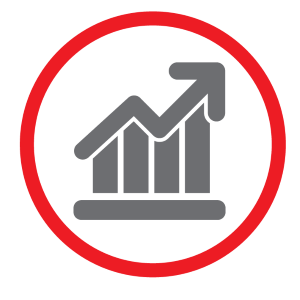
Workforce Ageing
Increasing numbers of people are staying on at work by choice and from necessity.
By 2030 it is projected that 30 percent of people aged 65 and over in New Zealand will still be in the workforce. Up from 19 percent in 2011.
In June 2014, 22 percent of workers in New Zealand were aged 55 years or over. This will rise to 25 percent by 2020.
In Australia people 55+ make up 15 percent of the workforce. In November 2015, 73.8 percent of Australians aged 55–59 years were participating in the labour force, with 56.5% of 60–64 year olds and 12.7% of those aged 65 years and over working.
Within the OECD New Zealand recorded the second highest employment rate of people aged 55-64 years. Australia is ranked 12th.
The shape of the workforce is changing rapidly.

Business Risks and Opportunities
Partners in Change have identified six significant business risks for organisations from the ageing of the workforce.
- Labour Market – skill shortages.
- Knowledge – the loss of significant knowledge and experience and inadequate succession management
- Health and Wellbeing – lack of wellbeing programs that address the needs of older employees and impact on safety and productivity
- Reputation – damaged through mismanagement of older employees performance and allegations of discrimination
- Productivity – disengaged staff, presentism and poor workplace and job design
- Financial – costs that flow from the above which will impact on the bottom line
These must be either mitigated or managed. A strategic approach is required.
“Changing demographic patterns present sizable risks to companies, governments and society as a whole. Yet opportunities will be created across virtually all industries and regions.” Boston Consulting Group

Economic Opportunities
Older workers staying on are making a significant contribution to the economy.
The New Zealand Government has estimated that spending by people 65+ will grow from $14b in 2011 to over $65b by 2051.
In Australia the cost to economy of not utilising the skills of older Australians is estimated to be $A10.8 billion p.a.
An increase of 3 percent in paid employment of Australians over the age of 55 would result in a $33 billion impact on the national economy, every year.